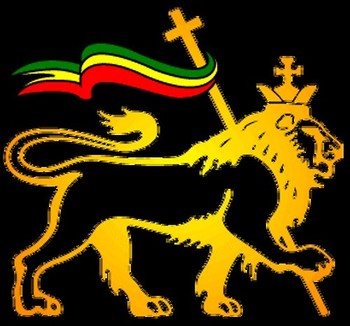
The Sunday Mail

Ibo Foroma
IT is a shame to note that a great many Africans and members of the Black race know not what this beauty is all about. Also known as African-American History Month, Black History Month is an annual observance in the United States, Canada, and United Kingdom for remembrance of important people and events in the History of the African Diaspora.
It is celebrated annually in the US and Canada in February, and the UK in October. In Africa and the rest of the world, this “gorgeous girl” is yet to be noticed.
And how she is fuming!
The precursor to Black History Month was created in 1926 in the US when Historian Carter G Woodson and the Association for the Study of Negro Life and History announced the second week of February as “Negro History Month.”
This week was chosen because it coincided with the birthday of Abraham Lincoln on February 12 and of Frederick Douglass on February 14, both of which dates black communities celebrated since the late 19th century.
Primary emphasis was placed on encouraging the co-ordinated teaching of the History of American Blacks in the nation’s public schools.
The first Negro History Month was met with a lukewarm response, gaining the co-operation of the Departments of Education of the states of North Carolina, Delaware, and West Virginia as well as city school administrations in Baltimore and Washington, DC.
Despite this far from universal acceptance, the event was regarded by Woodson as “one of the most fortunate steps ever taken by the association,” and plans for a repeat of the event on an annual basis continue apace.
At the time of Negro History Week’s launch, Woodson contended that the teaching of Black History was essential to ensure the physical and intellectual survival of the race within broader society: “If a race has no history, it has no worthwhile tradition, it becomes a negligible factor in the thought of the world, and it stands in danger of being exterminated.
“The American Indian left no continuous record. He did not appreciate the value of tradition; and where is he today? The Hebrew keenly appreciated the value of tradition, as is attested by the Bible itself. In spite of worldwide persecution, therefore, he is a great factor in our civilisation.”
By 1929 The Journal of Negro History was able to note that with only two exceptions, officials with the State Departments of Educations of “every state with considerable Negro population” had made the event known to that state’s teachers and distributed official literature associated with it.
Churches also played a significant role in literature distribution in association with Negro History Week, with the media aiding in the publicity effort.
Negro History Week was met with an enthusiastic response; prompting creation of Black History clubs, an increase in interest among teachers, and interest from progressive whites.
Negro History Week grew in popularity throughout the following decades, with Mayors across the United States endorsing it as a holiday.
The expansion of Black History Week to Black History Month was first proposed by the leaders of the Black United Students at Kent State University in February 1969. The first celebration of the Black History Month took place at Kent State one year later, in February 1970.
In 1976 as part of the US Bicentennial, the informal expansion of Negro History Week to Black History Month was officially recognised by the government.
President Gerald Ford urged Americans to “seize the opportunity to honour the too-often neglected accomplishments of Black Americans in every area of endeavour throughout our history”.
Black History Month was first celebrated in the UK in 1987, organised through the leadership of Ghanaian analyst Akyaaba Addai-Sebo, who then served as a co-ordinator of special projects for the Greater London Council. It was first celebrated in London and has become a national institution.
In 1995, after a motion by politician Jean Augustine, Canada’s House of Commons officially recognised February as Black History Month and honoured Black Canadians.
In 2008, Senator Donald Oliver moved to have the Senate officially recognise Black History Month, which was unanimously approved.
Besides Lincoln and Douglass, other charismatics also facilitate dedicating the month to Black excellence; past, present and future.
WEB. DuBois, co-founder of the NAACP, was born on February 23, 1868.
The National Association for the Advancement of Colored People (NAACP) was founded by a group of concerned black and white citizens in New York City on February 12, 1909.
On February 3, 1870, the 15th amendment was passed, granting blacks the right to vote. On February 25 that same year, the first black US Senator Hiram R Revels, took his oath of office.
On February 1 1960 – in what would become a civil-rights movement milestone – a group of black Greensboro NC college students began a sit-in at a segregated Woolworth’s lunch counter.
On February 21 1965, Malcom X, the militant leader who promoted Black Nationalism, was shot to death.
Again, Her Imperial Majesty Empress Wayzaro Menen Asfaw Wolatta Giyorgis transfigured on February 15, 1962.
References
benjaminjmiranda.com, kingencyclopedia.stanford.edu, hansonplace22.adventistchurchconnect.org, wikipedia.org.



